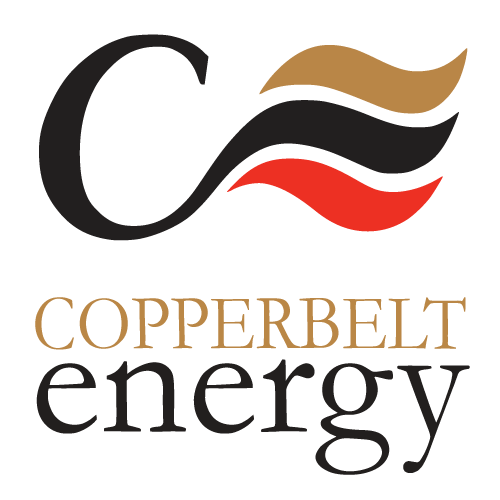CEC’s “cleaner energy” drive cemented with US$100M solar projects
After over 60 years of reliably supplying power supply to the mining industry, mainly anchored on hydro-generated power, the Copperbelt Energy Corporation Plc (CEC) is pursuing diversified frontiers of electricity generation with a focus on newer, cleaner and greener sources.
Creating a sustainable future for commercial power supply is significantly challenging and requires many and varied solutions, some of which may already exist, while others are yet to be discovered. CEC wants to be ever ready for the inevitable technology driven energy future.
Currently, CEC is putting up two flagship solar projects – expanding one to 34MW and constructing a 60MW plant – in Kitwe, both of which are planned to be fully commissioned in 2023 and estimated to cost US $100 million.
These projects are expected to cement its ambitions to push an increase in the efficient deployment of energy that lessens pressure on traditional sources of electricity while at the same time augmenting efforts to preserve the earth from harmful effects of toxic emissions.
Zambia relies on hydropower for up to 81.5% of the base load, and like never before, the country is increasingly feeling the pressing need to diversify its energy sources to lessen dependence on water in the midst of catastrophic climate change effects which have compromised the rainfall quality over time.
“One of the things we want to achieve in the power sector in Zambia, given our large resource, is hydro power development. Combining that with renewables such as solar and wind obviously gives us a very good operating regime that ensures that we can manage our water resources and be able to provide power to the Zambian communities on a consistent, reliable and secure basis,” says the Managing Director, Owen Silavwe.
“To us, that is quite key and we want to play an active and important role in contributing to achieving that objective. These projects we have planned are basically just over US $100 million,” Silavwe added.
The two solar projects are being set up in CEC’s operational hub of Kitwe, to take advantage of the centrality of the ‘Hub of the Copperbelt’ to the mining companies in Zambia and the Democratic Republic of Congo (DRC).
According to the construction schedule, the 34MW Riverside Solar Plant is expected to be ready for commissioning in December 2022 while on the 64MW Itimpi Project in Garneton, Southern Kitwe is also under construction for expected delivery next year.
“Kitwe is obviously our starting point and our plan is to go beyond Kitwe. We chose to start with Kitwe because it is the heart of our operations and we are able to distribute power to all other parts of the Copperbelt, including the DRC markets,” Silavwe said.
The company is also looking to diversify the planned solar PV sites to spread the risk that comes from unpredictable weather patterns.
“CEC is quite alive to the need to try and position these projects far apart so that they are exposed to different variations in weather conditions and that is something that we have included in our plan. So, you will be hearing us talk about the wind projects in the Masaiti area (in the Copperbelt), you will be hearing us talk about the solar projects in other parts of the Copperbelt and the country,” explains Silavwe.
Although not a major contributor to the increasing carbon footprint globally, CEC operates an 80MW emergency thermal power plant and employs fossil fuels to run its many transformers. The Company has started modernizing its infrastructure by migrating to the use to cleaner energy as it pushes to get to “net zero” emissions by 2050 as envisioned in the 2015 Paris Agreement.
“We recognize the need to support the “net zero” agenda and we are trying to look at the current generators that we have at the moment to try and see if we can bring in a cleaner fuel, all aimed at reduction in emissions,” says CEC’s Chief Financial Officer, Mutale Mukuka.
“We believe that working with our customers, our partners and our financiers we are better placed to play a big role in our contribution to the Environmental, Social and Governance factors and to the overall energy transition,” he added.
…/ENDS

